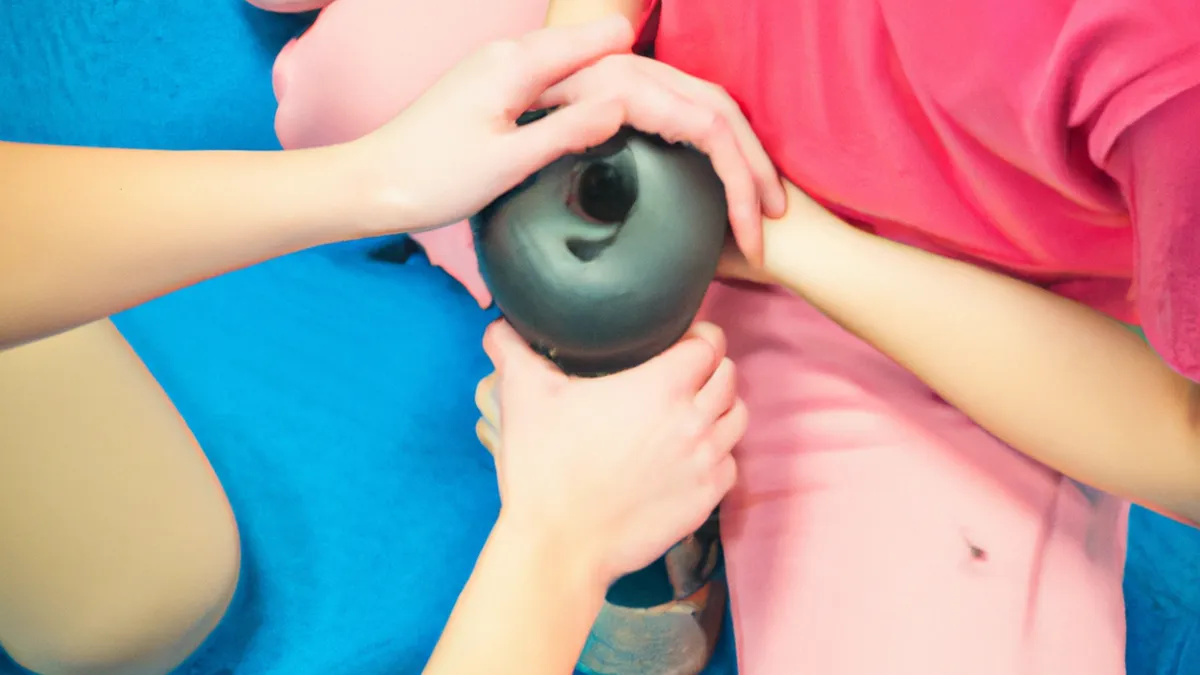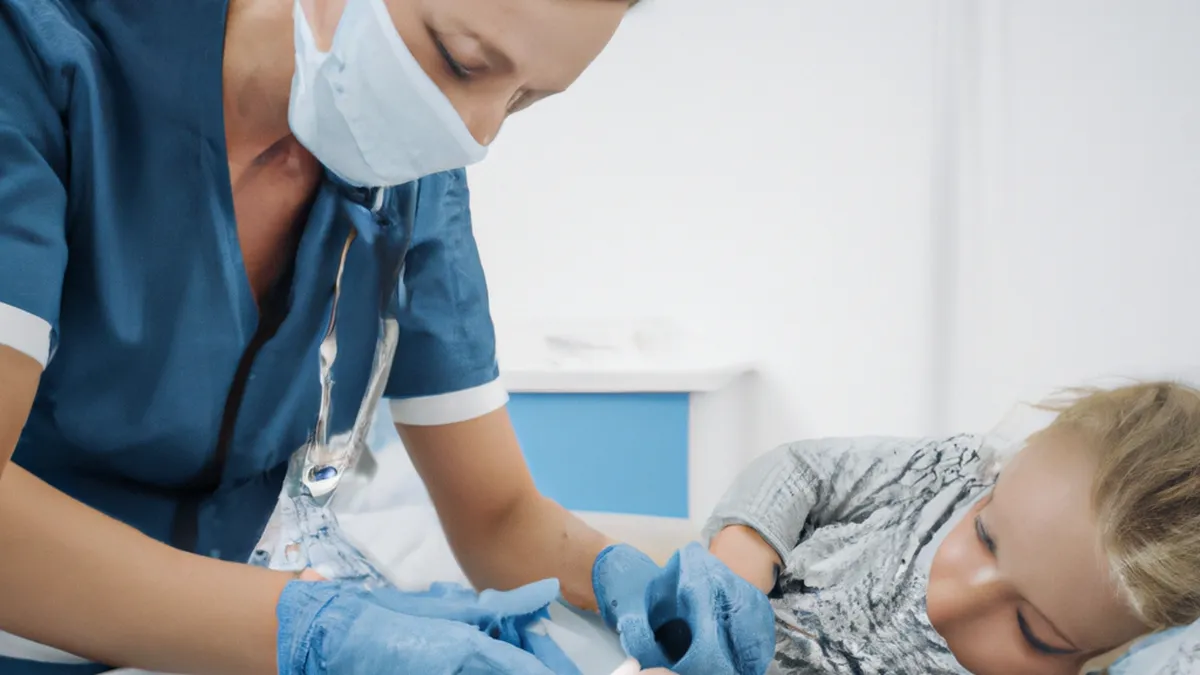Rethink Your Recovery After ACL Surgery
Rehabilitation Protocols for ACL TearsAn anterior cruciate ligament (ACL) tear commonly affects athletes in sports involving sudden stops, jumps, or direction changes. This injury can hinder mobility and reduce quality of life. However, proper rehabilitation protocols enable effective recovery and a return to favorite activities. This blog outlines comprehensive rehabilitation protocols for ACL tears, offering tips and benefits for your recovery journey.
Understanding ACL Tears
The ACL stabilizes the knee joint. ACL tears vary from mild sprains to complete ruptures. Common symptoms include swelling, pain, a popping sensation, and knee instability. A healthcare professional must evaluate the injury to determine its severity and inform the rehabilitation plan.Rehabilitation follows a structured timeline, varying based on injury severity, overall health, and surgical needs. Some individuals may require surgical reconstruction, while others may benefit from conservative management.
Early Rehabilitation Phase
As an Amazon Associate I earn from qualifying purchases.
Gear tip: consider sports first aid kit, kt tape, and blister pads to support this topic.
The early rehabilitation phase manages pain, reduces swelling, and restores range of motion. This phase lasts from the initial injury to about two weeks post-injury.
Rest and Ice
Resting the knee is essential for healing. Apply ice for 15-20 minutes every few hours to reduce swelling and pain. Elevating the knee also helps minimize swelling. A healthcare professional may recommend over-the-counter anti-inflammatory medications for pain management.
Range of Motion Exercises
Once swelling decreases, initiate gentle range of motion exercises. Start with basic knee flexing and extending within a pain-free range. Aim for full range of motion by the end of this phase. Heel slides and seated knee extensions can aid recovery.
Gradual Strengthening
As tolerated, begin gentle strengthening exercises. Isometric quadriceps and hamstring contractions maintain muscle tone around the knee joint. These exercises prevent muscle atrophy while avoiding excessive weight or stress on the knee.
Intermediate Rehabilitation Phase
The intermediate phase typically spans from two to six weeks after the injury. The focus shifts to regaining strength and stability in the knee.
Progressive Strengthening
Gradually increase the intensity of strengthening exercises during this phase. Closed-chain exercises like squats and leg presses effectively promote knee stability and strength while minimizing joint stress. Introduce resistance bands for added resistance.
Balance and Proprioception
Incorporate balance training into your rehabilitation routine. Exercises like using a balance board enhance stability and proprioception.
Conclusion
Follow these protocols to improve recovery from an ACL tear. Prioritize rehabilitation to regain strength, stability, and mobility.
Below are related products based on this post:
FAQ
What is an ACL tear?
An anterior cruciate ligament (ACL) tear is an injury that affects the knee joint, commonly seen in athletes. It can range from mild sprains to complete ruptures, leading to symptoms such as swelling, pain, and instability in the knee.
What are the initial steps in the rehabilitation of an ACL tear?
The initial steps include managing pain and swelling, as well as restoring range of motion. This involves resting the knee, applying ice, and performing gentle range of motion exercises once swelling decreases.
How long does the rehabilitation process take?
The rehabilitation timeline varies based on the severity of the injury and individual health. Typically, the early rehabilitation phase lasts about two weeks, followed by an intermediate phase that spans from two to six weeks post-injury.















Post Comment